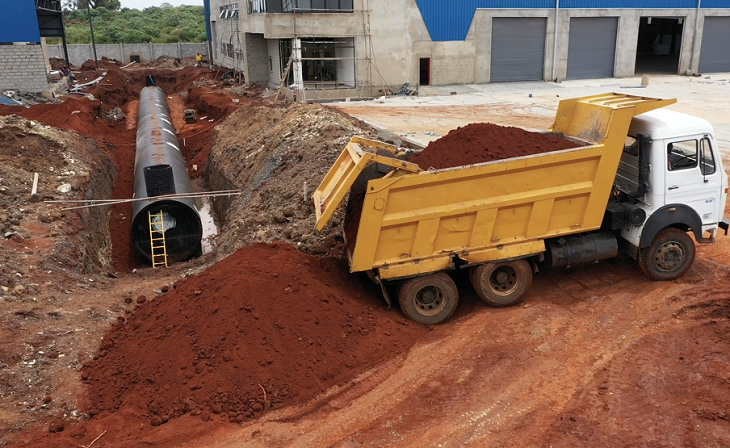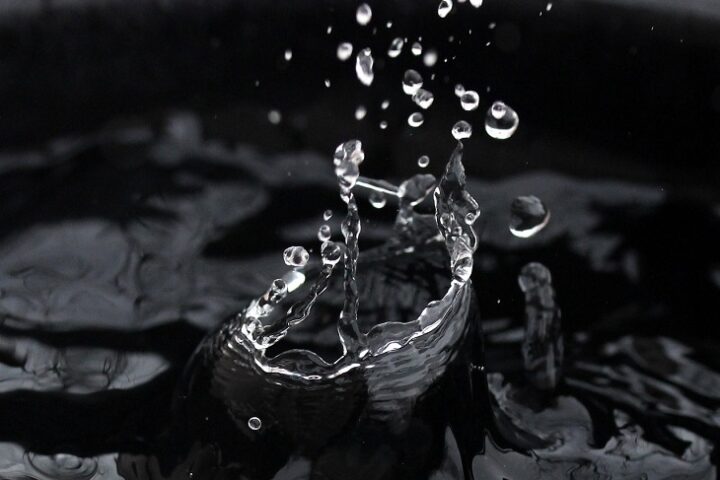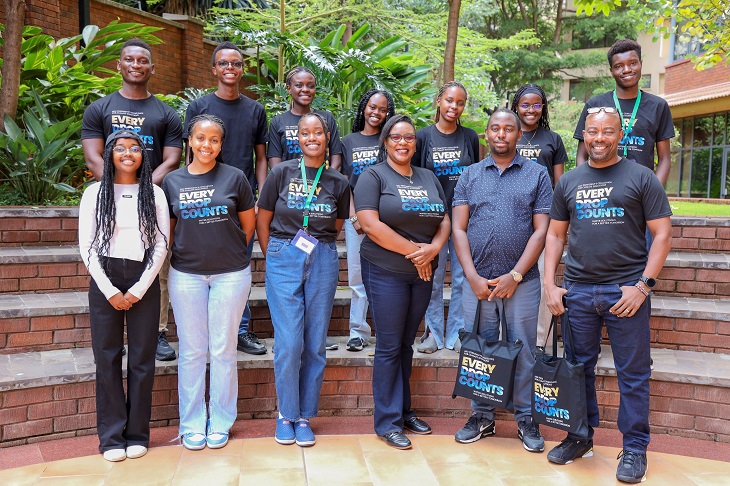By Simon Thomas, Megapipes Solutions Country Director
The ongoing short rains have given us a reprieve from months of drought, one of the worst in over 40 years, but freedom is not yet here. The time is ripe for putting words into action on mitigating the adverse effects of climate change.
One way we can do this is by beginning to harvest rainwater, especially in our urban areas. The timing could not be better because, at present, millions of liters of water will be wasted in the form of surface runoff that will end up in our rivers, and in the process, city dwellers will miss out on an opportunity to harvest this scarce resource.
It is important to understand that harvested rainwater has uses that differ from treated water meant for drinking, also known as potable water in engineering parlance.
This is because rainwater, especially when it is collected from rooftops, contains contaminants that make it unsuitable for drinking unless it is treated. However, water must be considered as a precious resource and repurposed effectively, for example, this harvested rainwater is suitable for other domestic uses including flushing toilets and watering landscapes.
Rainwater is also soft and therefore not subject to problems associated with limescale, making it particularly suitable for laundry use.
By harvesting rainwater and using it for flushing toilets, doing laundry, and watering landscapes we can relieve pressure from water supplied by water companies and ensure that the latter is used for drinking and other domestic activities. We need to adopt a mindset of saving drinkable water and consider the careful use of water as a resource for its various purposes.
Furthermore, reduced pressure on water supplied by companies would in turn slow down the proliferation of boreholes in most urban areas. The savings from rainwater harvesting would be immense.
But to effectively harvest rainwater we must now start applying suitable and innovative technology for the collection and storing of this resource.
First, our urban roofs, from industrial, residential, commercial, retail, and education, rooftops must be transformed into water catchment areas. This should not be an arduous task because we can borrow a leaf from the energy sector where we have seen many institutions install solar panels on their rooftops.
Once it rains, water from these rooftops must then be stored somewhere, and this is where modern technology such as Weholite HDPE is ideal for secure storage due to its many advantages.
Weholite HDPE tanks can be designed and manufactured to collect massive amounts of water and customized to fit within the confines of a specific site.
For example, at our Megapipes Ruiru plant, we have successfully installed a 180,000-litre tank, under our factory road, a 48m DN2200 SN2 Weholite tank, with filtration and pump system which takes water from our factory roof to use for toilet flushing, irrigation of our gardens and vehicle washing.
This is not a short-term fix but the tanks offer a sustainable lifespan and when buried, they offer a service life of over 100 years giving developers much-needed long-term investments. Additionally, the lightweight nature of Weholite makes it easy and quick to install in heavily built-up areas. What makes the tanks an even better solution for developers, is that the installation offers minimal disruptions to communities and livelihoods.
The good news is that the Government has already shown commitment towards this rainwater harvesting including the proposed regulations that provide that all buildings used for residential, institutional facilities, offices, manufacturing, or commercial establishments must have roofs that are adequately guttered for catching rainwater or may have a ground catchment for the purposes of harvesting rainwater.
The extremes of climate change mean that we will likely see oscillating seasons of flooding and droughts. It is imperative that we act now and embrace modern technology to harvest rainwater.













